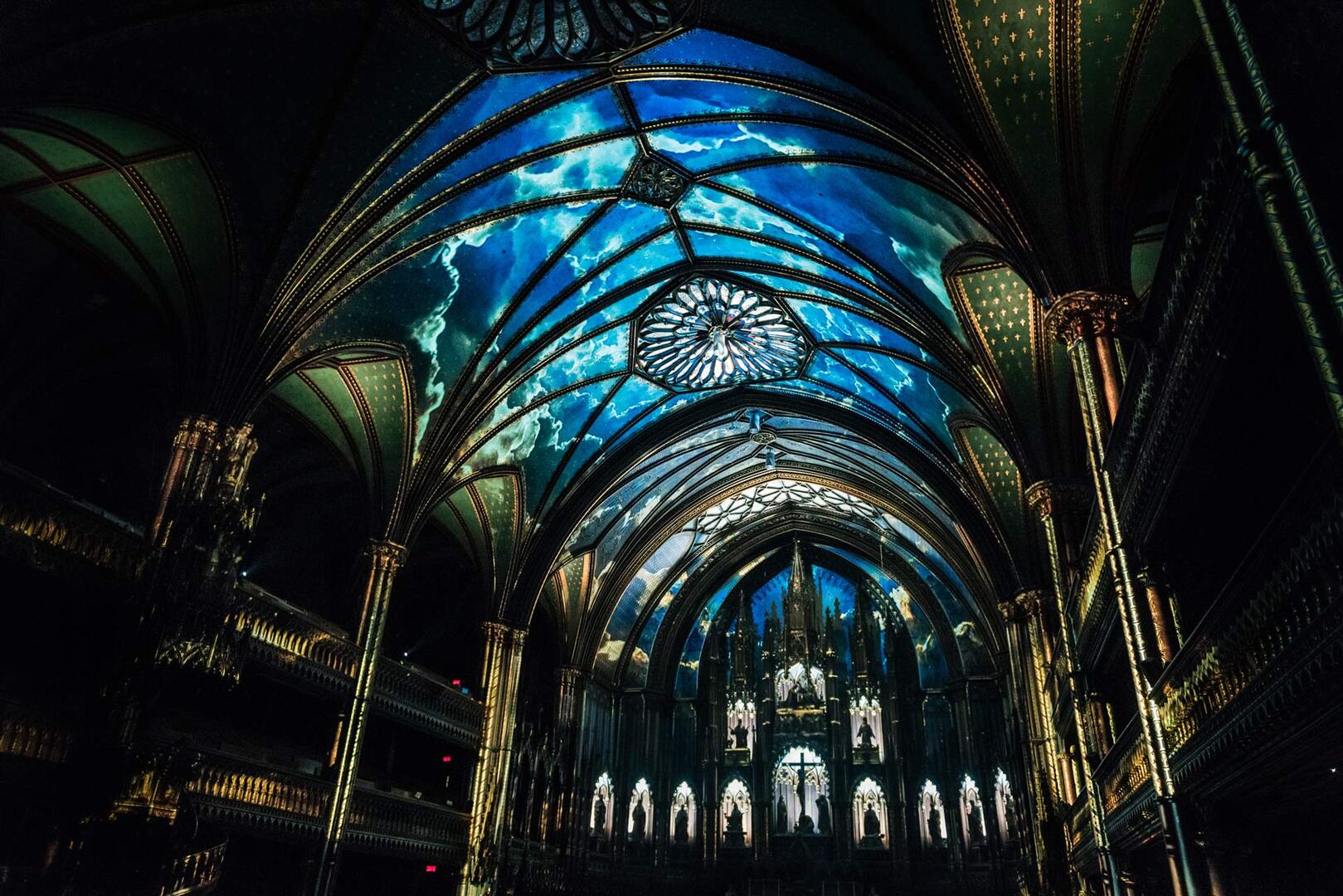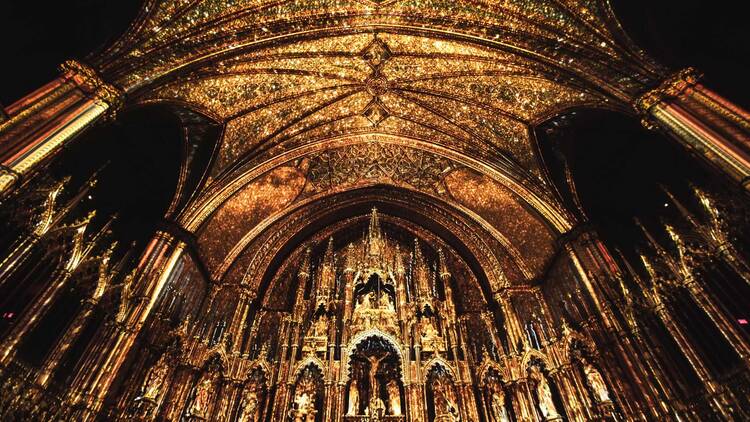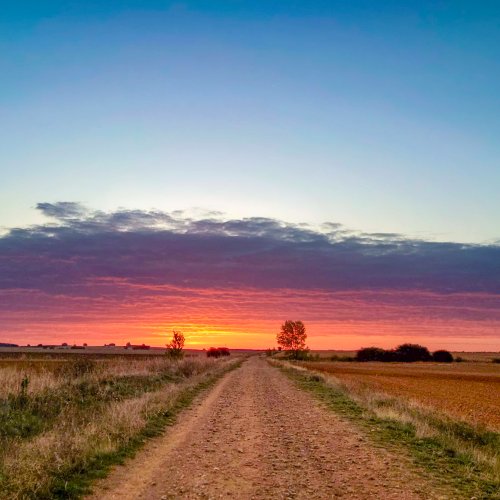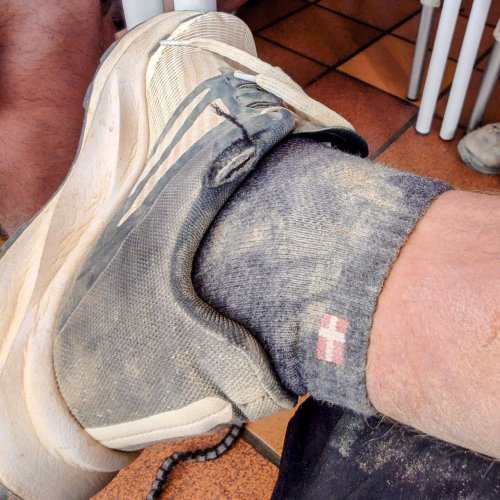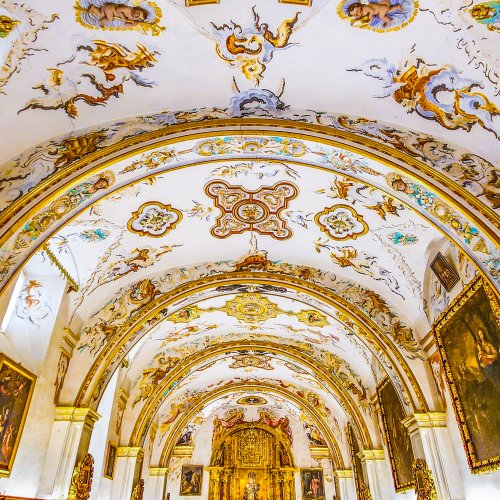Globetrottingpilgrim2010
Member
- Time of past OR future Camino
- Camino Frances, Portuguese, Finisterre, Muxia
This seems to be a common dilemma across the world these days, made more apparent with the surge in global tourism. I’ve attached this article as it specifically mentions the cathedral in Santiago de Compostela. (I’ve been to Pilgrim’s Mass on several occasions and have witnessed firsthand pilgrims/tourists ignoring requests to stop talking and taking photos - which was blatantly ignored as soon as the Botofumiero was lifted). I’d be curious to hear what ideas people have to address this problem.
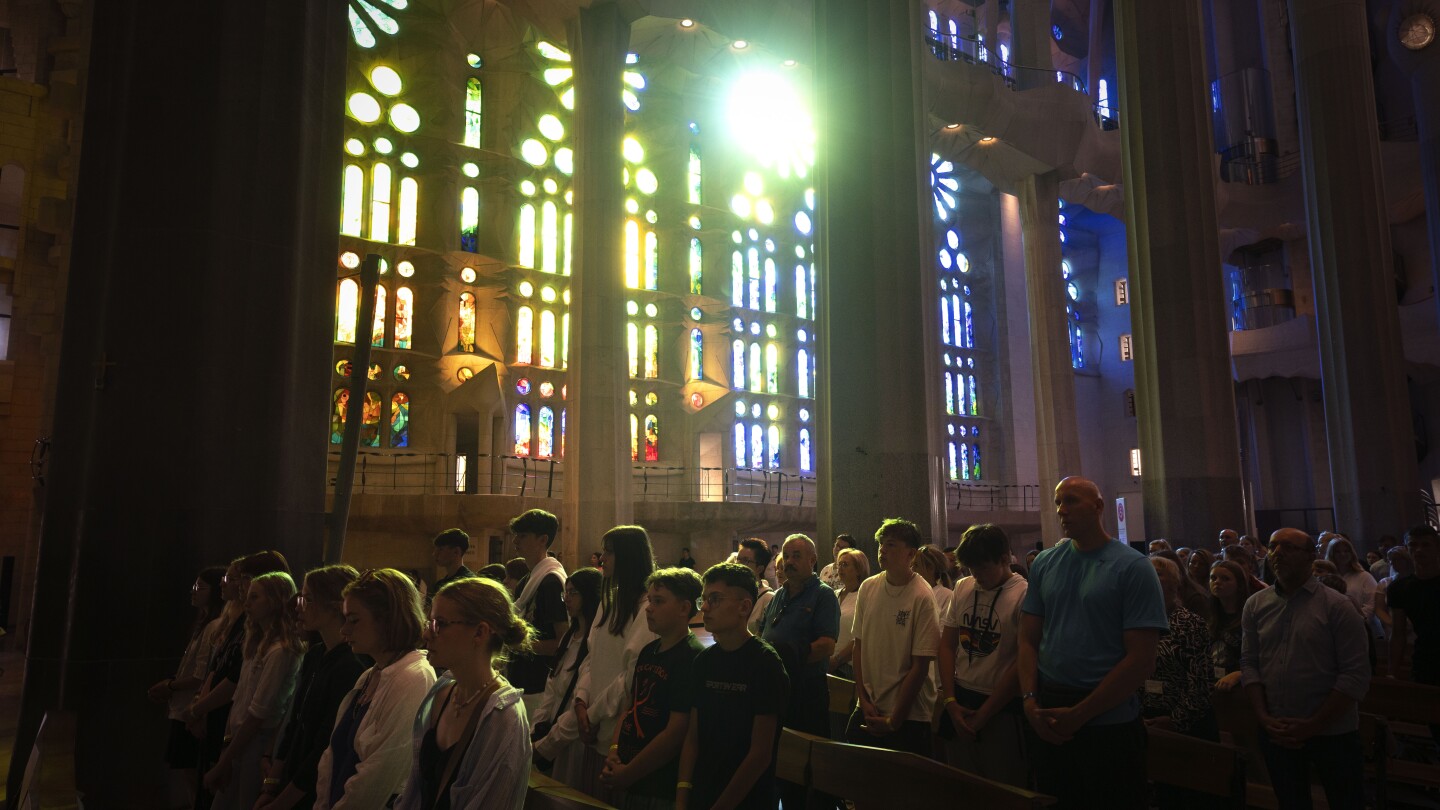
 apnews.com
apnews.com
Flooded with sightseers, Europe's iconic churches struggle to accommodate both worship and tourism
With tourism booming in southern Europe, iconic sacred sites struggle to find ways to accommodate both the faithful who come to pray and secular visitors.








